Paul Beaumont
DYNOTEARS: Structure Learning from Time-Series Data
Feb 02, 2020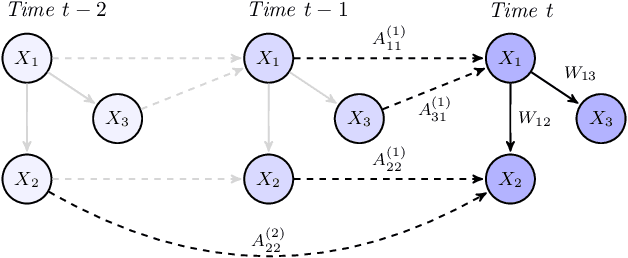
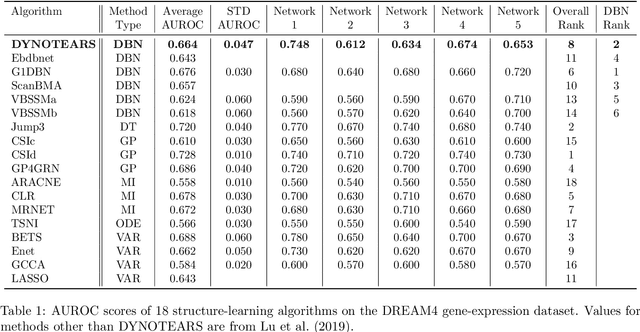
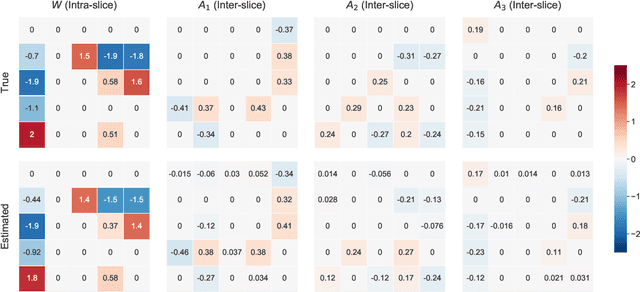
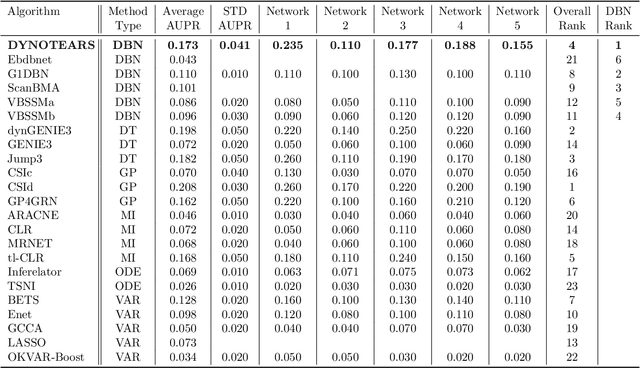
Abstract:In this paper, we revisit the structure learning problem for dynamic Bayesian networks and propose a method that simultaneously estimates contemporaneous (intra-slice) and time-lagged (inter-slice) relationships between variables in a time-series. Our approach is score-based, and revolves around minimizing a penalized loss subject to an acyclicity constraint. To solve this problem, we leverage a recent algebraic result characterizing the acyclicity constraint as a smooth equality constraint. The resulting algorithm, which we call DYNOTEARS, outperforms other methods on simulated data, especially in high-dimensions as the number of variables increases. We also apply this algorithm on real datasets from two different domains, finance and molecular biology, and analyze the resulting output. Compared to state-of-the-art methods for learning dynamic Bayesian networks, our method is both scalable and accurate on real data. The simple formulation, and competitive performance of our method make it suitable for a variety of problems where one seeks to learn connections between variables across time.
Constrained Bayesian Networks: Theory, Optimization, and Applications
May 15, 2017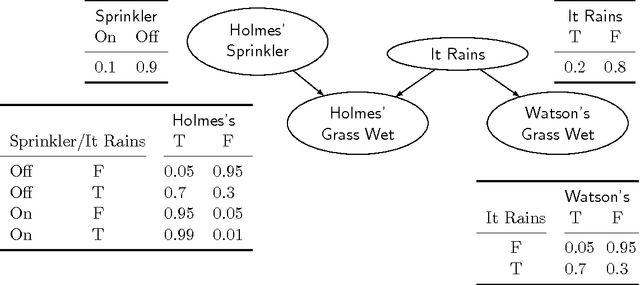
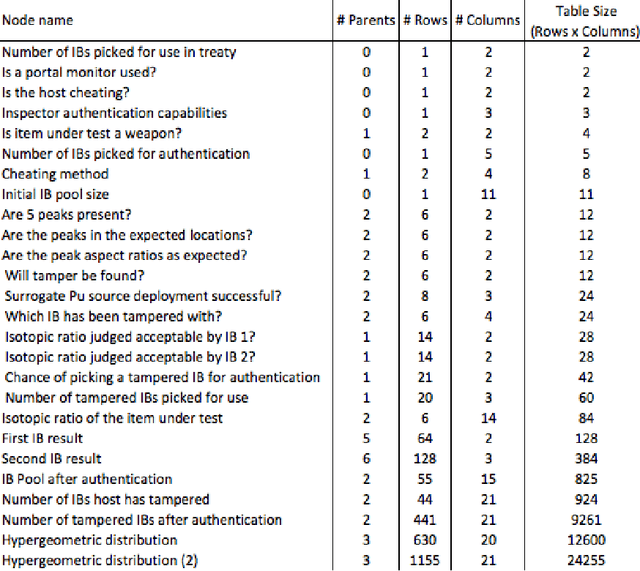

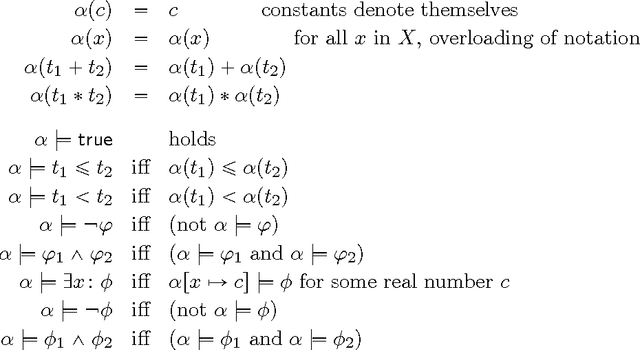
Abstract:We develop the theory and practice of an approach to modelling and probabilistic inference in causal networks that is suitable when application-specific or analysis-specific constraints should inform such inference or when little or no data for the learning of causal network structure or probability values at nodes are available. Constrained Bayesian Networks generalize a Bayesian Network such that probabilities can be symbolic, arithmetic expressions and where the meaning of the network is constrained by finitely many formulas from the theory of the reals. A formal semantics for constrained Bayesian Networks over first-order logic of the reals is given, which enables non-linear and non-convex optimisation algorithms that rely on decision procedures for this logic, and supports the composition of several constrained Bayesian Networks. A non-trivial case study in arms control, where few or no data are available to assess the effectiveness of an arms inspection process, evaluates our approach. An open-access prototype implementation of these foundations and their algorithms uses the SMT solver Z3 as decision procedure, leverages an open-source package for Bayesian inference to symbolic computation, and is evaluated experimentally.
 Add to Chrome
Add to Chrome Add to Firefox
Add to Firefox Add to Edge
Add to Edge